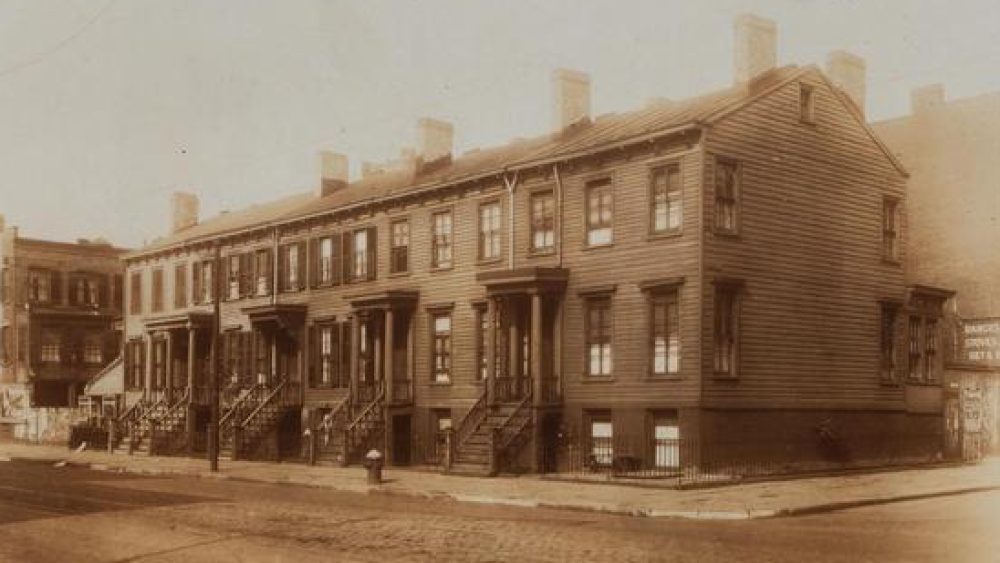
Edge of Beacon Hill from the Public Gardens
I HAD VISITED BOSTON only twice, so long ago and so briefly I couldn’t even tell you which neighborhoods I was in. So when the time came to plan a little birthday outing for myself, I lit upon the idea of Boston. I was thinking of a magazine picture I kept on my bulletin board for years, of a steep cobbled street in Beacon Hill, with black shutters on red-brick houses. I wanted to see that street.

Hilly Acorn Street in Beacon Hill

Brick sidewalks and boot scrapers

Elegant Louisberg Square in Beacon Hill, onetime home of Louisa May Alcott, present home of John and Theresa Kerry, with townhouses built from 1833-47


Freeestanding mansion on Mt. Vernon Street, Beacon Hill

I did a little advance reading, and discovered that as recently as the 1980s, Boston was a city in decline — losing population and losing heart. And that for a decade or more, the whole downtown area was a miserable construction site, as they dismantled and re-routed the elevated highway that ran through some of the city’s most historic parts. Well, no more. Boston is now scrubbed clean and spiffy, organized and attractive, with obvious pride in itself, its architecture, and its heritage.

The extraordinary 1713 State House in downtown Boston, once seat of the British Colonial government
In a whirlwind day, a friend and I walked through sections of residential Back Bay and Southend, sprawling Victorian neighborhoods that call to mind Park Slope, and Beacon Hill, which has been a National Historic District since the 1950s and whose brick row houses, built in the 1830s and ’40s, have elegant arched doorways and fanlights, curved bowfronts, and fanciful ironwork.


An early frame house in Beacon Hill

Unusual wood facade in Beacon Hill

Wavy window glass on a curved bowfront building facade
To get an inside view of a Beacon Hill townhouse, we toured the four-story Nichols House Museum on Mt. Vernon Street, an 1804 Federal last lived in by Rose Standish Nichols, an ahead-of-her-time women’s rights activist and suffragist who never married and supported herself as a garden designer. The house is filled with arty, eclectic furnishings, faded Oriental rugs, paintings, and accessories brought back from London and other travels.

Staircase in the Nichols House, added later

The dining room, with lincrusta wallpaper and a smallish breakfast table (the last homeowner didn’t entertain much)

Aqua bedroom in the Nichols House

The pink parlor, Nichols House

View of Beacon Hill’s front gardens from the Nichols House
And I had to see the c.1680 Paul Revere House, one of (if not the) oldest standing example of urban architecture in the country, restored in 1908 to its original medieval-English appearance, diamond-paned windows and all. It now looks as it did even before Revere, the silversmith famed for his 1775 night ride to warn American patriots of British troop movements, lived there with his family in the last three decades of the 18th century.

Paul Revere House, the only surviving 17th century building in Boston

Rear view of Paul Revere House
Somehow we managed, with Zagat’s as a guide, to fit four meals into 24 hours, all more than fine: dinner at the cozy, red-walled Franklin Cafe in Southend; French toast for breakfast at diner-cum-cafeteria Paramount in Beacon Hill; a late lunch of oysters, fish chowder, and pale ale at the Union Oyster House, America’s oldest restaurant (since 1826) and a national landmark; and another dinner at the authentically French and justifiably popular Petit Robert Bistro, near our hotel, which, after walking at least five miles yesterday, was all we could manage.
I can enthusiastically recommend the Inn@St.Botolph, in a converted 19th century red-brick building on the border between Back Bay and Southend — crisply decorated, quiet, and central, but with a neighborhoody vibe.







 SO MUCH FOR PRECONCEIVED — or rather, outdated — notions. I hadn’t been to Jersey City in probably ten years, so when I went there yesterday (a distance of 7 whole miles from my home in Brooklyn) to visit a friend, my first reaction on driving through the streets was a surprised “This is NOT BAD!”
SO MUCH FOR PRECONCEIVED — or rather, outdated — notions. I hadn’t been to Jersey City in probably ten years, so when I went there yesterday (a distance of 7 whole miles from my home in Brooklyn) to visit a friend, my first reaction on driving through the streets was a surprised “This is NOT BAD!”

 For better or worse, depending on your P.O.V., Jersey City has gentrified, and it happened while I wasn’t paying attention. Walking around with my friend Joe (for as long as we could stand in the bitter cold), we passed a brick row house, right, with a nice Greek Revival doorway, colorfully painted, and a ‘For Sale’ sign. “It’s probably over a million,” Joe said. Said I, ever the victim of wishful thinking. “I’m guessing 899K.” Joe quickly found
For better or worse, depending on your P.O.V., Jersey City has gentrified, and it happened while I wasn’t paying attention. Walking around with my friend Joe (for as long as we could stand in the bitter cold), we passed a brick row house, right, with a nice Greek Revival doorway, colorfully painted, and a ‘For Sale’ sign. “It’s probably over a million,” Joe said. Said I, ever the victim of wishful thinking. “I’m guessing 899K.” Joe quickly found 


































